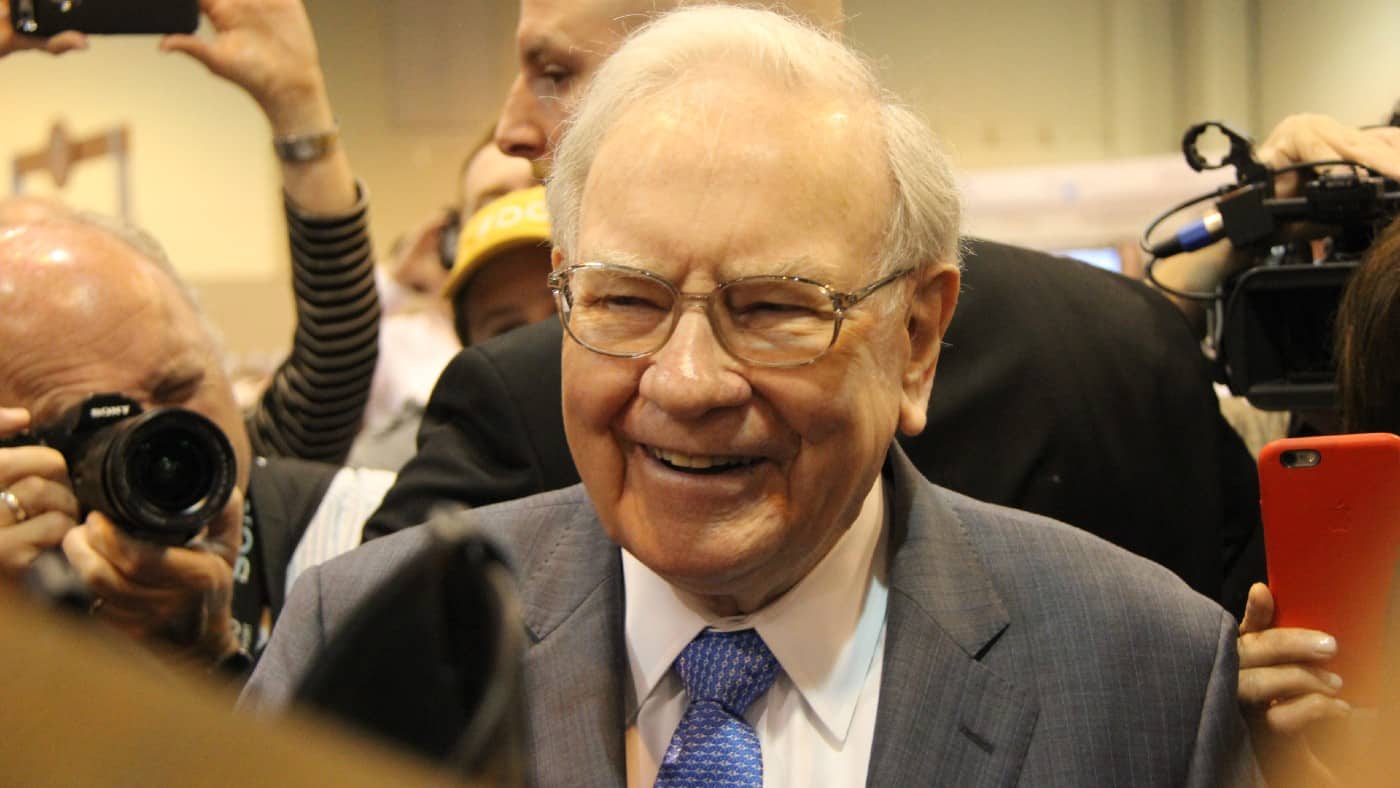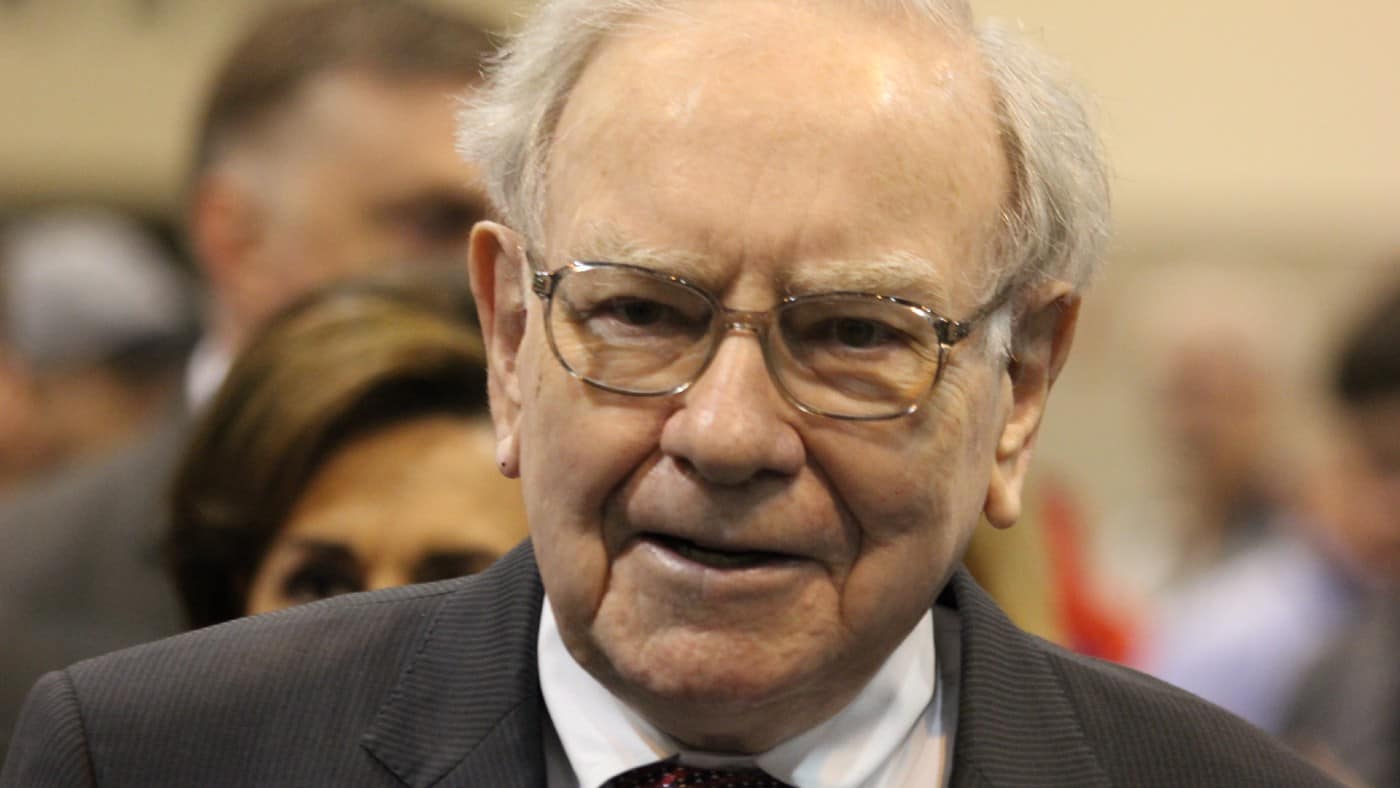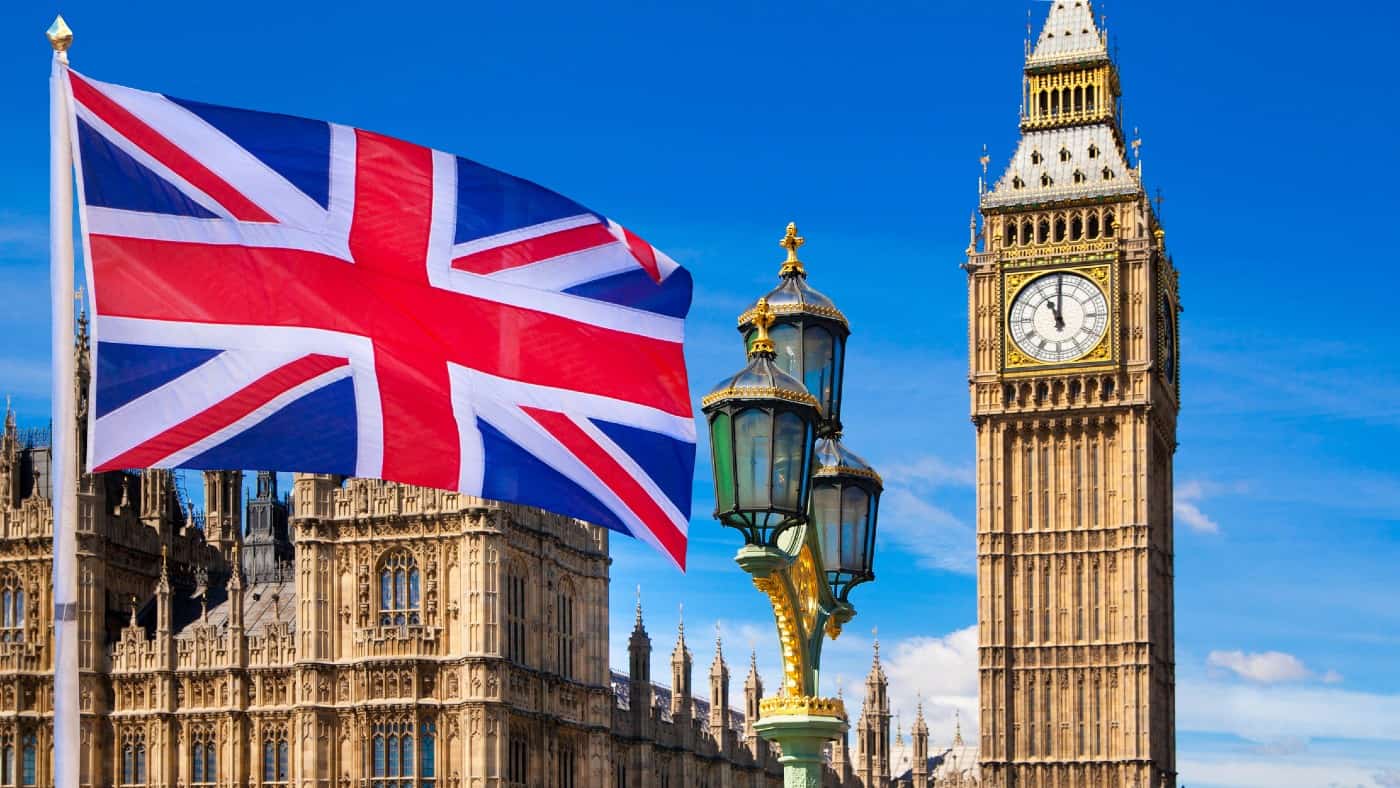Stay informed with free updates
Simply sign up to the Residential property myFT Digest — delivered directly to your inbox.
The number of Londoners swapping the capital for a home in the countryside is at its lowest in more than 10 years after a decade of rapid house price rises in the rest of the UK.
London residents purchased 5.7 per cent — or 57,020 — of the homes sold outside the capital this year, the lowest share since 2013 and nearly half the Covid-era peak in 2021, according to research by estate agent Hamptons.
Property prices have risen 26 per cent in London over the past decade, compared with 39 per cent elsewhere in the country, according to Hamptons, which analysed data from about 650 branches of fellow estate agent Countrywide.
“The capital’s homeowners haven’t had the housing market on their side in recent years,” said Aneisha Beveridge, Hamptons’ head of research, adding that “with a trophy home slipping out of reach” many had “opted to stay put”.
In addition to higher property costs in other parts of the UK, Marc von Grundherr, director at estate agent Benham & Reeves, said a return to in-person working after the pandemic had kept Londoners in the capital.
Londoners left smaller urban homes in 2020 in search of more space in the countryside, anticipating that work-from-home arrangements would become permanent. But the end of the pandemic led many companies to call on workers to get back to the office.
First-time buyers were “the exception”, said Beveridge, accounting for 31 per cent of Londoners purchasing homes outside the capital this year — more than double the proportion in 2013.
The average London house cost £520,000 in October, according to the Office for National Statistics, although the capital had the lowest annual house price inflation in the country at 0.2 per cent.
Beveridge noted that the “high income and savings bar needed to buy a home in London has pushed more aspiring homeowners to look beyond the capital”.
The most popular locations for first-time buyers from London were commuter towns with good transport links. Just under half of all buyers in Brentwood in Essex were from London this year, up from 23 per cent in 2019.
Property prices in parts of central London have fallen over the past decade, even though the capital remains by far the most expensive part of the country.
Between 2013 and 2024, prices in South Kensington and Chelsea fell by 11 per cent and 4 per cent respectively, according to property analyst LonRes. In Knightsbridge and Belgravia, prices this year were unchanged from 2013.
Neal Hudson, founder of housing consultancy BuiltPlace, said tax increases from 2014 onwards had “hit the central London market hard”.
“Turnover has fallen substantially and prices have been flat or negative,” he said, adding that the market outlook for high-end properties was “a long way off pre-2014 levels”.
Von Grundherr, the estate agent, said more home buyers he dealt with were Londoners returning to the capital after leaving during the pandemic.
In 2021 London residents spent a record £55bn on housing outside the capital. But von Grundherr said his clients were taking advantage of stagnant house prices to return, drawn by shorter commutes to the office and the cultural attractions of the capital.
“We had a couple who sold their house in London four years ago and moved to Hampshire,” he said. “But they came back in 2023 and bought a house on the road behind [where they used to live]. They paid almost the same price as when they sold in 2020.”
Credit: Source link














